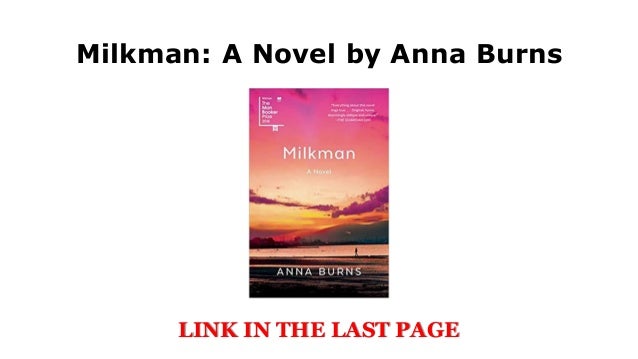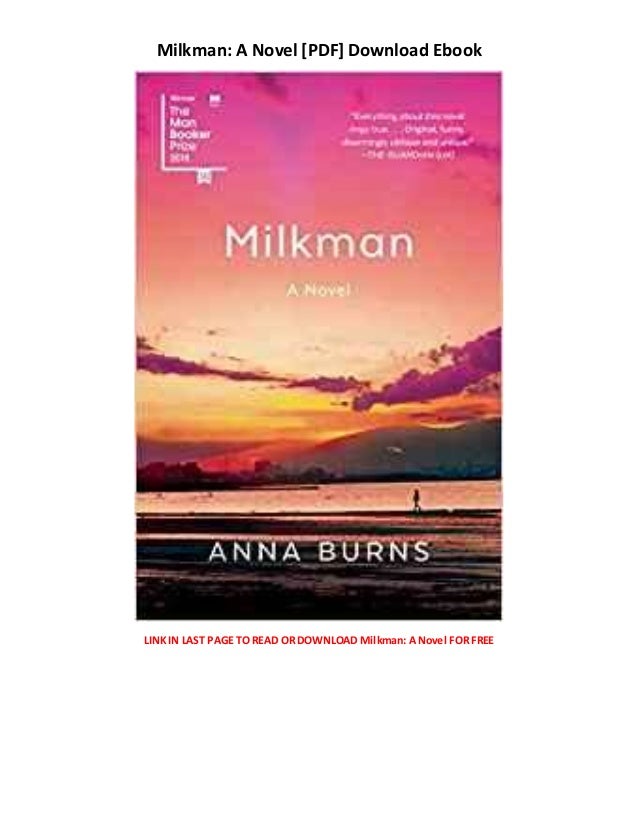
She has witnessed tragedy again and again, from close quarters. In fact, she has spent her life trying to duck the brutal politics of the no-holds-barred standoff. Are they sexual, or is there something else there? Do the “renouncers of the state,” as she calls them, have something more in mind for her in their unscrupulous battle to the death with the occupiers? This is the last thing middle sister wants. Moreover, his intentions towards her are opaque. He knows all about her life, family, and routines, in detail, which understandably scares and shakes her.

The early forties operative stalks her, usually in a “shapeless” white van, coaxing her to let him transport her to her destination. The plot revolves around the young woman’s encounter with a high-ranking militant, presumably from the IRA, known simply as “milkman” or “the milkman”. Burns's ability to pull this off, and her protagonist's haunting stream-of-consciousness voice, catapults her into the league of some of our great modern political novelists, such as Gabriel Garcia Marquez, Milan Kundera, and Nadine Gordimer. The protagonist is Catholic, and her tormentors come largely from her own kind, even her own family. The absence of names and dates serve to make Milkman 's themes and threads all the more universal, applicable to other places and people forced to survive in countries where tyranny and fear, not law and justice, rule the day. However, via the context and references, Burns – who is from Belfast – leaves no doubt that we’re in Northern Ireland, when animosity and bloodshed between Catholics and Protestants were endemic and polarising, infecting every pore of daily life.


The narrator refers to herself as “middle sister” and “maybe-girl friend”, and the United Kingdom loyalists as those “across the water” or “across the street”. The city isn’t mentioned by name, in fact, no character, location or political party is named. Irish writer Anna Burns's novel Milkman, her third and the winner of this year's prestigious Booker Prize, is an agonising, Kafkaesque journey through a tangled psychological labyrinth led by the story's narrator, an unnamed 18-year-old woman living, presumably, in 1970s Belfast.


 0 kommentar(er)
0 kommentar(er)
